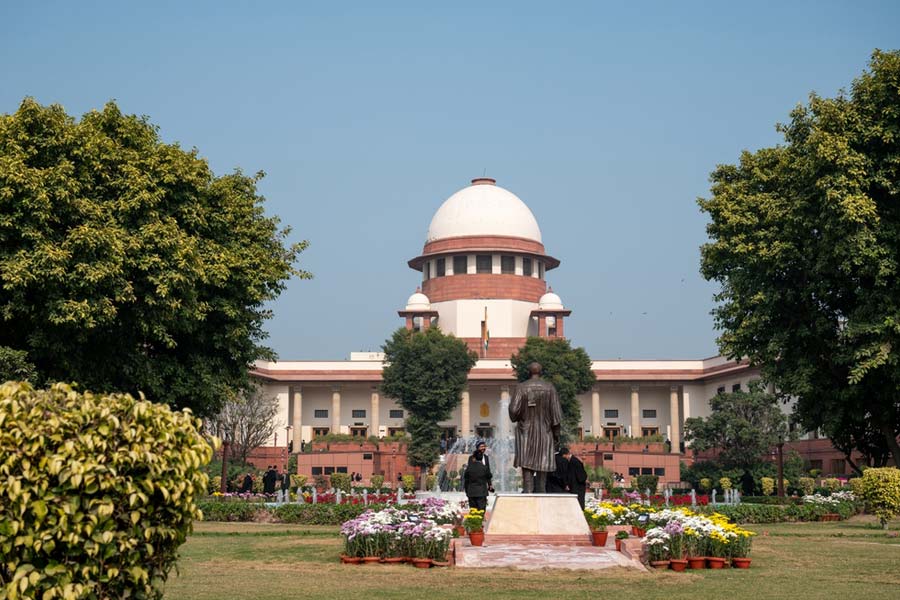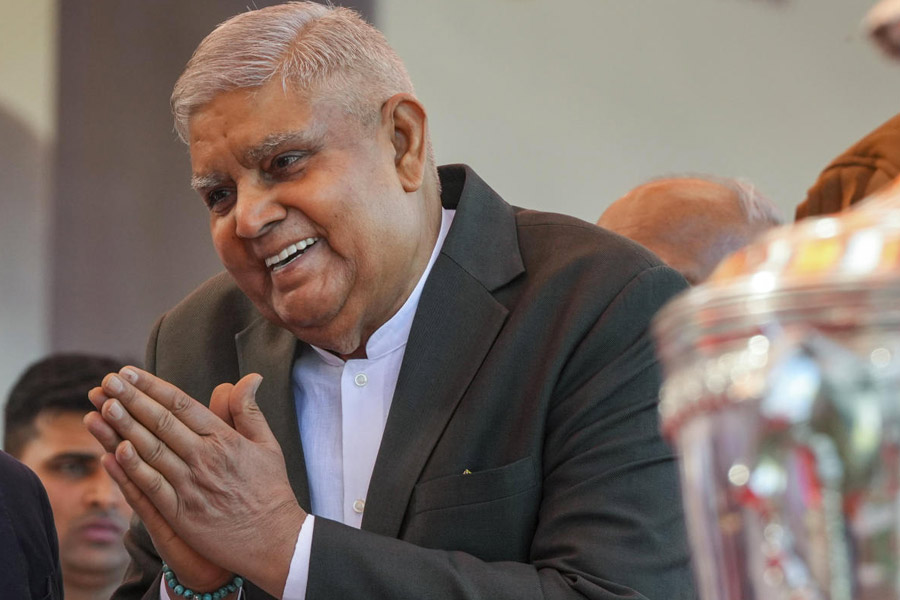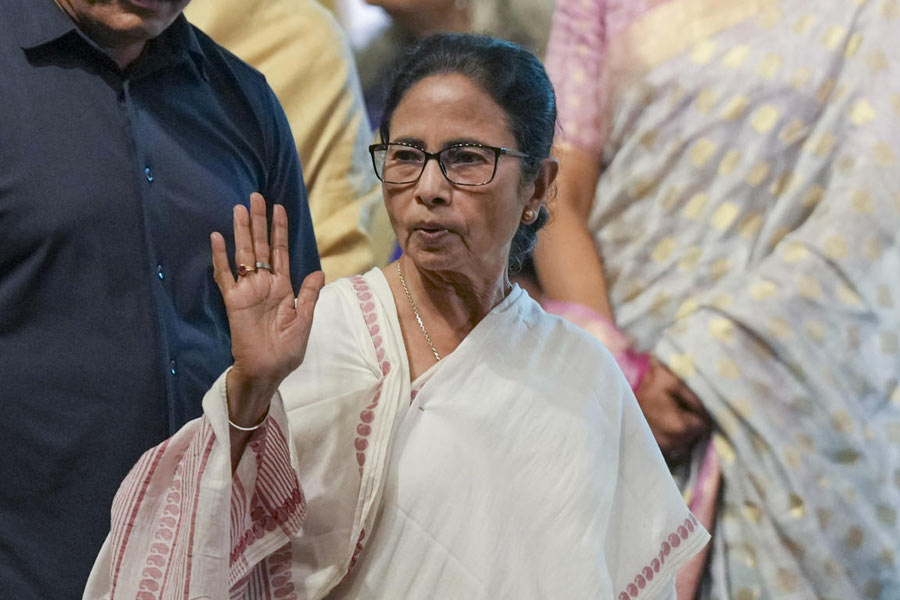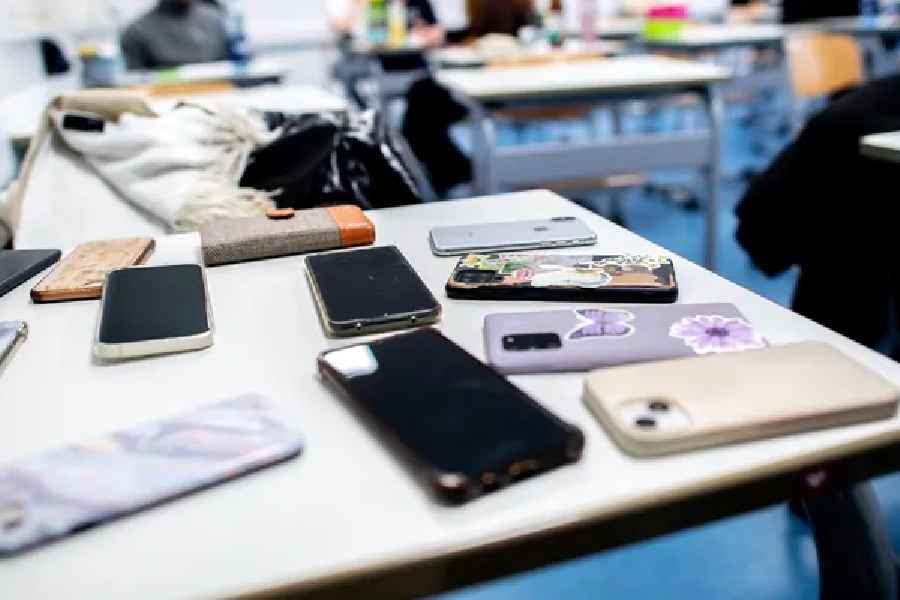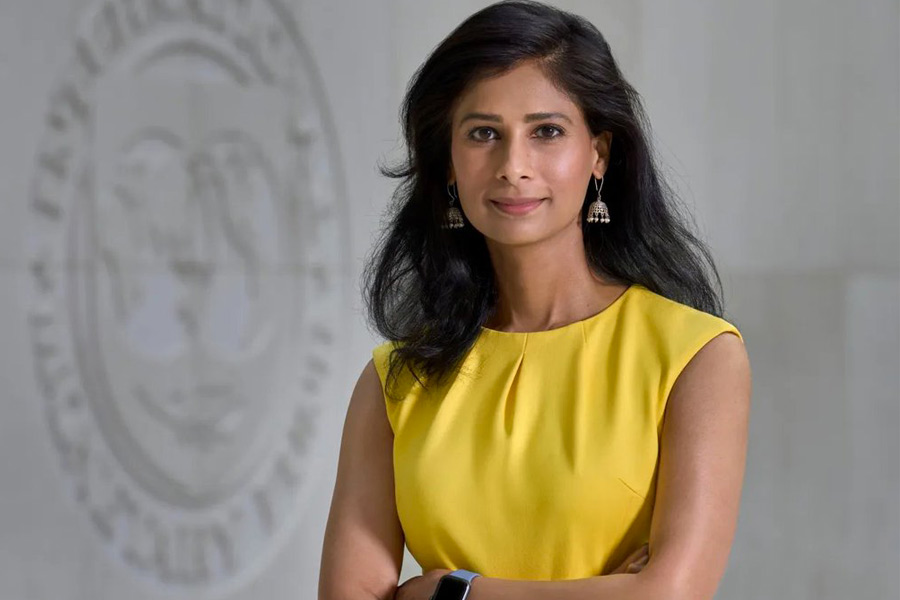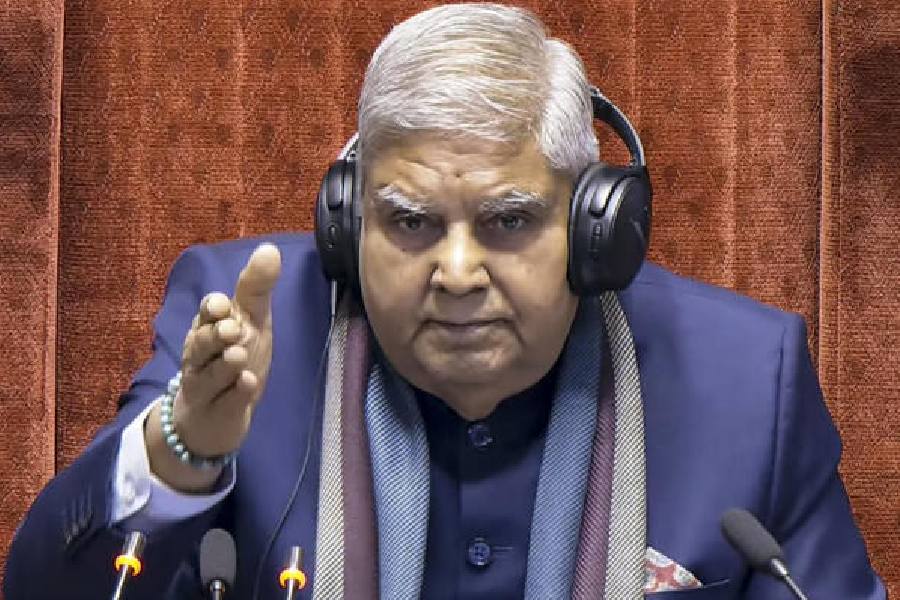New Delhi, May 14: Thanks to a thief, Delhiites can see some priceless artefacts and documents relating to the pre-Independence Alipore conspiracy case at the Supreme Court museum.
Most of the documents relating to the trial, which redefined the Indian freedom struggle, were locked in an almirah at a Calcutta court until a judge hired the services of a thief to break open the lock in 1997.
The exhibits have been brought here from the Calcutta police museum, the Alipore district court museum and other places and will be on display till August 31.
Chief Justice of India Y.K. Sabharwal and other apex court judges on Saturday recalled the spirit of sacrifice and courage of Aurobindo Ghose, Khudiram Bose and others who had faced trial in the case.
The case brought into focus a shift in the people’s mindset from peaceful constitutional agitation to militant nationalism after the proposal to divide Bengal in 1905.
It started with Bose and Prafulla Chaki throwing a bomb at a carriage in Muzaffarpur, mistaking it to be that of magistrate Kingsford, on April 30, 1908.
The wife and daughter of a British barrister were killed. While Chaki shot himself to avoid arrest, Bose was sentenced to death on June 13 that year.
Police then booked 34 people, including Ghose, on charges of sedition and waging war against the British empire. This followed recovery of bombs, revolvers and other incriminating material in raids conducted across Calcutta.
While Ghose, who was defended by C.R. Das, was acquitted along with nine others, the rest were convicted. Barindra Kumar Ghose and Ullaskar Dutta were sentenced to death, but the punishment was reduced to transportation for life on appeal.
The Chief Justice, who inaugurated the exhibition at the Supreme Court museum, said it would go a long way in rejuvenating a spirit of nationalism among youths.
“Beautiful! Amazing! ... I hope children would see this,” Justice Ruma Pal said about the exhibits, which included the revolver used by revolutionary Kanai Lal Dutta to kill Naren Gossain, who had turned approver in the case.


